Contents
Contributing to ParadeDB
Welcome! We’re excited that you’re interested in contributing to ParadeDB and want to make the process as smooth as possible.
Technical Info
Before submitting a pull request, please review this document, which outlines what conventions to follow when submitting changes. If you have any questions not covered in this document, please reach out to us in the ParadeDB Community Slack or via email.
Selecting GitHub Issues
All external contributions should be associated with a GitHub issue. If there is no open issue for the bug or feature that you’d like to work on, please open one first. When selecting an issue to work on, we recommend focusing on issues labeled good first issue.
Ideal issues for external contributors include well-scoped, individual features (e.g. adding support for a new tokenizer) as those are less likely to conflict with our general development process. We welcome small documentation contributions that accompany a feature, correct wrong information or fix typos, but will not accept “general improvement” documentation PRs.
Claiming GitHub Issues
This repository has a workflow to assign issues to new contributors automatically. This ensures that you don’t need approval from a maintainer to pick an issue.
Before claiming an issue, ensure that:
It’s not already assigned to someone else
There are no comments indicating ongoing work
To claim an unassigned issue, comment
/takeon the issue. This will automatically assign the issue to you.
If you find yourself unable to make progress, don’t hesitate to seek help in the issue comments or the ParadeDB Community Slack. If you no longer wish to
work on the issue(s) you self-assigned, please use the unassign me link at the top of the issue(s) page to release it.
Development Workflow
ParadeDB is a Postgres extension, pg_search, written in Rust and packaged either as a standalone binary or as a Docker image. The development of our Postgres extension is done via pgrx. Please review the Development section of the pg_search README.
Pull Request Workflow
All changes to ParadeDB happen through GitHub Pull Requests. Here is the recommended flow for making a change:
- Before working on a change, please check if there is already a GitHub issue open for it.
- If there is not, please open an issue first. This gives the community visibility into your work and allows others to make suggestions and leave comments.
- Fork the ParadeDB repo and branch out from the
mainbranch. - Install pre-commit hooks within your fork with
pre-commit installto ensure code quality and consistency with upstream. - Make your changes. If you’ve added new functionality, please add tests. We will not merge a feature without appropriate tests.
- Open a pull request towards the
mainbranch. Ensure that all tests and checks pass. Note that the ParadeDB repository has pull request title linting in place and follows the Conventional Commits spec. - Congratulations! Our team will review your pull request.
Documentation
ParadeDB’s public-facing documentation is stored in the docs folder. If you are adding a new feature that requires new documentation, please add the documentation as part of your pull request. We will not merge a feature without appropriate documentation.
Legal Info
Contributor License Agreement
In order for us, ParadeDB, Inc., to accept patches and other contributions from you, you need to adopt our ParadeDB Contributor License Agreement (the “CLA”). The current version of the CLA can be found on the CLA Assistant website.
ParadeDB uses a tool called CLA Assistant to help us track contributors' CLA status. CLA Assistant will post a comment to your pull request indicating whether you have signed the CLA. If you have not signed the CLA, you must do so before we can accept your contribution. Signing the CLA is a one-time process, is valid for all future contributions to ParadeDB, and can be done in under a minute by signing in with your GitHub account.
If you have any questions about the CLA, please reach out to us in the ParadeDB Community Slack or via email at legal@paradedb.com.
License
By contributing to ParadeDB, you agree that your contributions will be licensed under the GNU Affero General Public License v3.0 and as commercial software.

